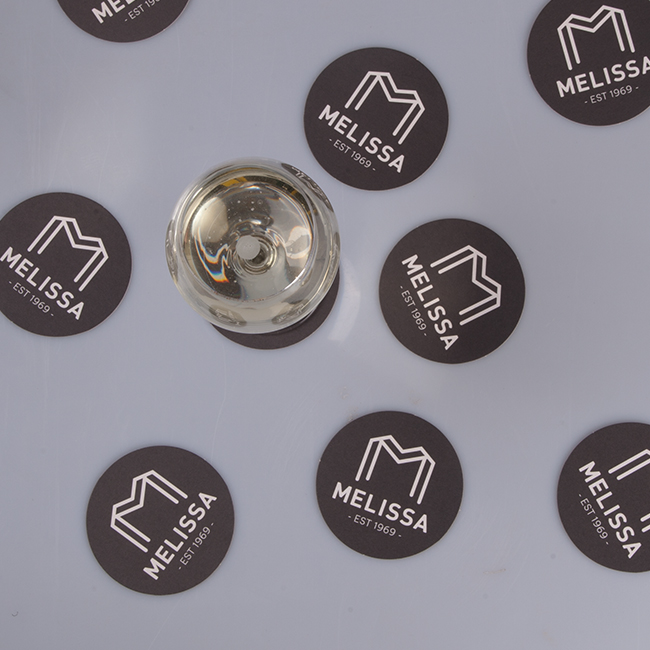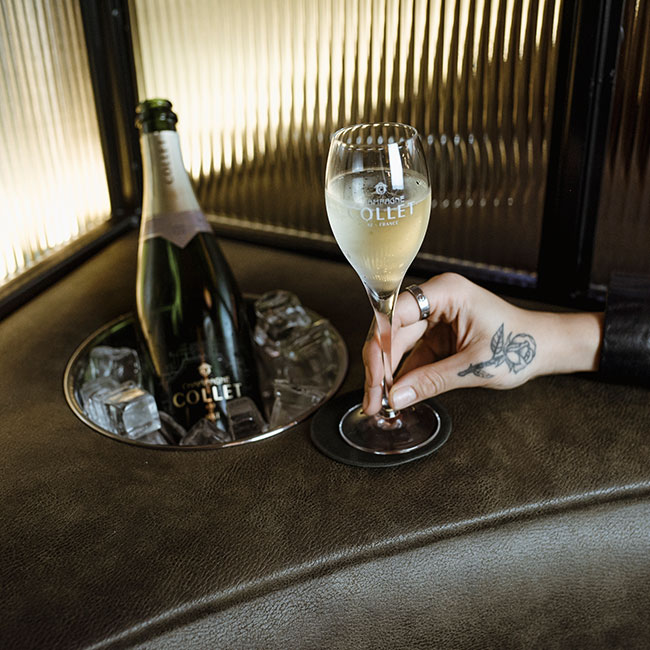Ate One Ate – a modern take on traditional cuisine
Studio Equator was commissioned to bring a rustic restaurant serving wholesome Australian cuisine with a Mediterranean flavour to life. Making use of the location’s industrial skeleton, the result is a contemporary and sophisticated destination that subtly pays homage to traditional European style.
An unapologetic addition to Glenferrie Road in Hawthorn, here’s how Studio Equator made the most of a challenging brief and location and arrived at Ate One Ate.
Working with spaces, not against them
Initially, Stephen Papagelou, owner, of Ate One Ate, envisioned a restaurant with an authentic, European feel to match the wholesomeness of his food. The challenge? 818 Glenferrie Road, Hawthorn was occupied by old office cubicles. We were concerned that a more traditional fit-out would only mask the prevalent industrial feel underneath. With a low ceiling, bare concrete walls and pillars, the site demanded a more modern approach. We decided to enhance the location’s industrial features rather than concealing them.
By allowing these elements to shine, Studio Equator merged modern industrial dining with comfort and familiarity. The result was the marriage of two polarities – a grand and inspiring setting with the warmth of traditional Mediterranean cuisine.
Helping diners navigate their experience
Ate One Ate is divided into two sections through the use of clever design. Different areas are made obvious to the eye through deliberate furniture choices as well as particular fixture placement. A relaxed setting of booths closer to the front of the venue invites diners to enjoy a low-key snack or some pizza and a beer. Those in the mood for a more formal meal are guided by brilliant warped copper panels lining the ceiling into a spacious dining hall.
A grand, open kitchen expands the room further, commanding the space with a sense of authority. Earthy fittings ground the venue and offset any risk of pretention. Leather seating, marble counters, metal fixtures and wooden panels subtly encompass the feel of rustic Italian eateries, while tastefully adhering to the site's industrial skeleton. Artwork hung from the brick feature wall depicts pop culture icons back dropped with elements of the Mediterranean landscape, again, coupling modernity and tradition.
Modern appeal meets the warmth of tradition
While the venue allures diners with its fanciful, modern façade, high-end decor and contemporary fixtures, the venue’s interior reveals itself as approachable and charming. Patrons make themselves at home – easing into structured, comfortable seats and sturdy tables laid with fine cutlery.
Every element in Ate One Ate – from the luxurious fittings to its subtle mentions of European nostalgia – has been carefully curated to create a humbling association between then and now. The result is an industrial-luxe destination where wholesome food and warm hospitality delights diners.






































































